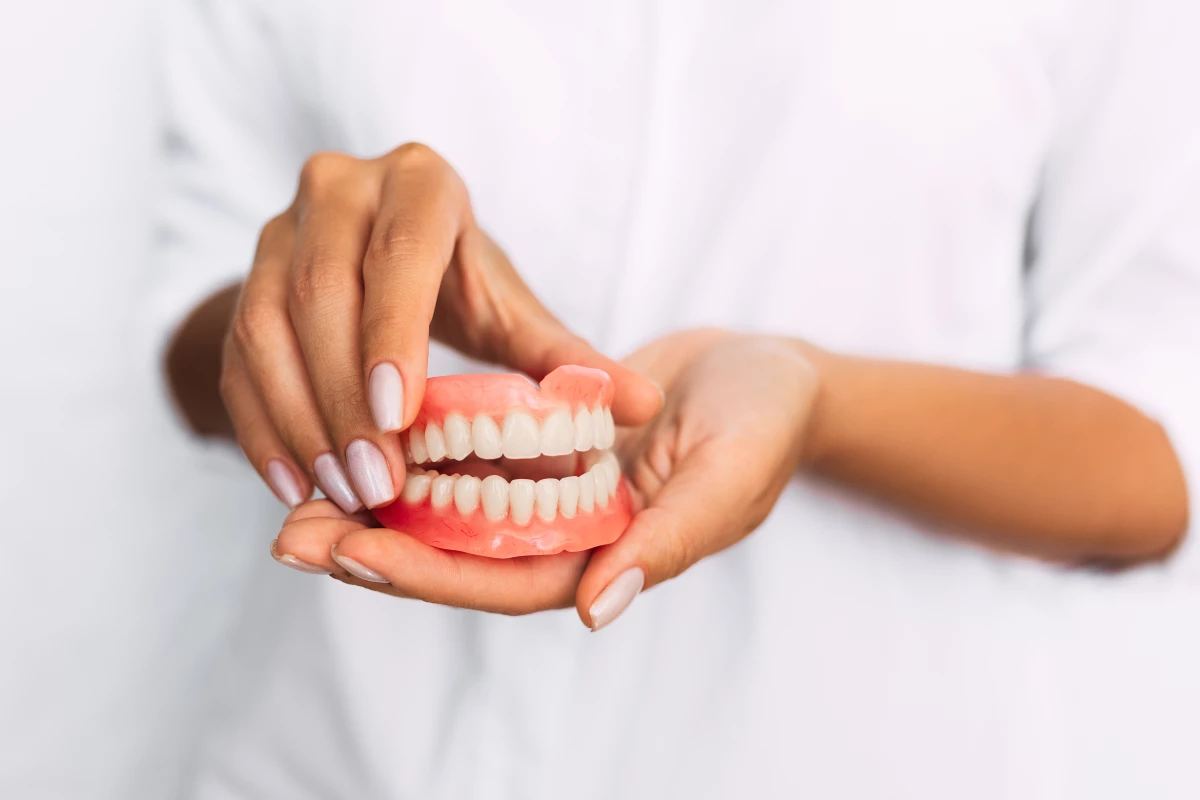The most comprehensive genetic map of oral stem cells to date has provided new insight into their specialized development pathways and opens the door to targeted regenerative medicine and interventions, such as therapies to grow bone.
ADA Forsyth Institute and University of North Carolina at Chapel Hill researchers used single-cell transcriptomic analysis to examine two stem cell populations from extracted wisdom teeth and comprehensively mapped their genomes. What they found in the two types – dental pulp stem cells (DPSC) and periodontal ligament stem cells (PDLSC) – was unexpected, key differences that provide a new plan of attack for regenerative tissue research.
“Dental pulp and periodontal ligament stem cells both have the potential to develop into any type of cell in the body,” explained Alpdogan Kantarci, from ADA Forsyth. “We wanted to discover how they were different and whether there were differences in their capacity to differentiate into other cell types.”
Both types of cells were found to have seven different gene clusters each, and within those different categories of genes involved in specific stages of differentiation. While four of these clusters were similar across both populations, three were remarkably dissimilar. The unique PDLSC clusters resembled fibroblasts, or cells that can differentiate to form connective tissue, the DPSC clusters had higher differentiation potential and more readily and easily converted to osteoblasts, cells that form new or repair existing bone.
“This new information on the specific genetic composition and mechanisms of differentiation in dental pulp and periodontal ligament stem cells will generate a new era of work in regenerative medicine” said Kantarci. “We could potentially select a stem cell based on its distinct properties to create targeted regenerative dental tissue repair and other regenerative therapies.”
The wisdom teeth cells were extracted without being cultured, unlike other research into these stem cells, and underwent single-cell transcriptomic analysis at UNC. The team also took these two types of cells and differentiated them into fibroblasts and osteoblasts.
By identifying that the genetic makeup of the DPSC clusters made them more predisposed to osteoblast differentiation, the team believe they’ve unlocked another clue in harnessing stem cell therapy for teeth regeneration.
“Prior to this study, people believed that stem cells were either very similar to each other, or very different from one another,” said Kantarci. “Now we have enough information to see the huge potential for using specific features of these stem cells to create more effective and targeted regenerative therapies.”
The study was published in the Journal of Dental Research.
Source: ADA Forsyth Institute





